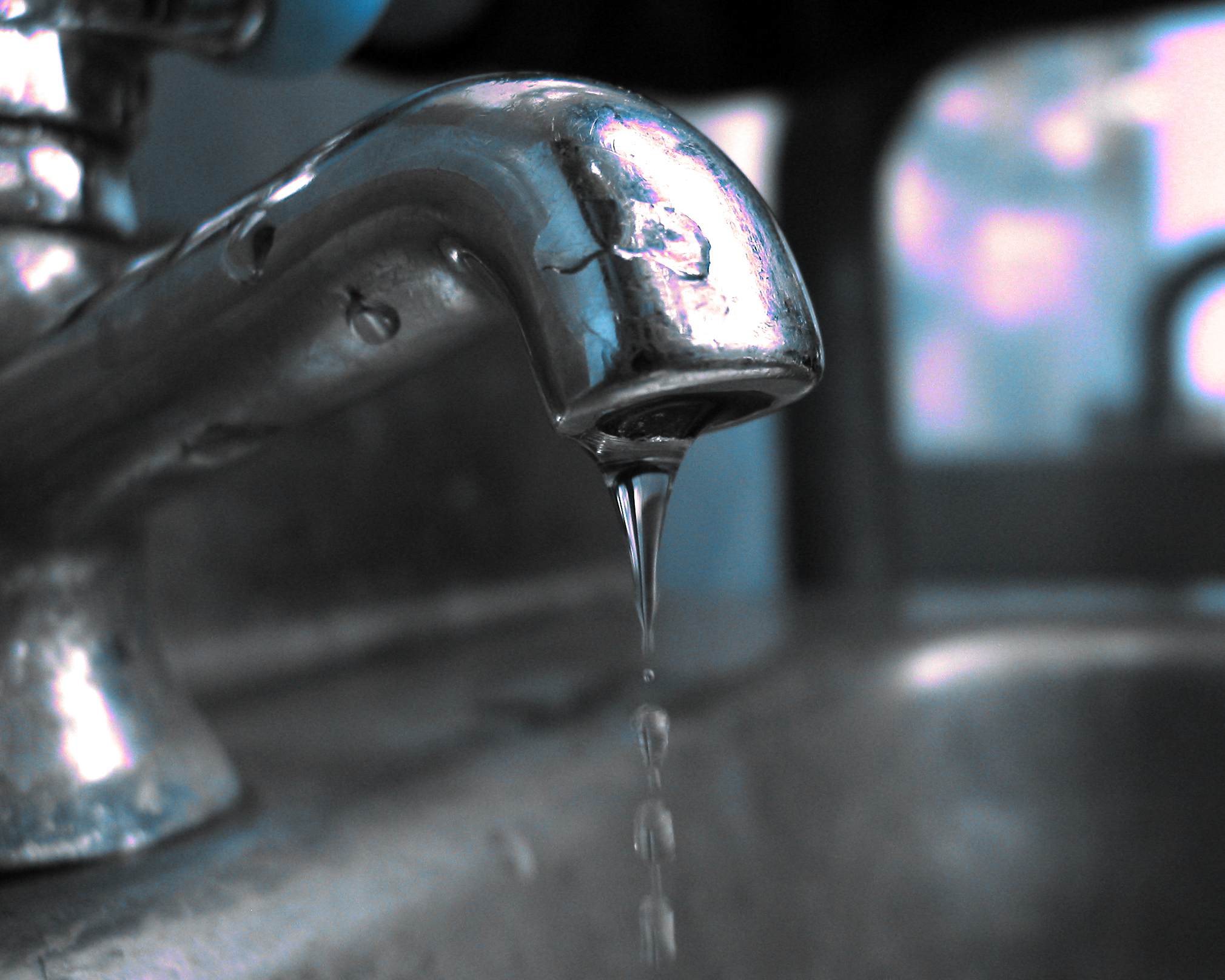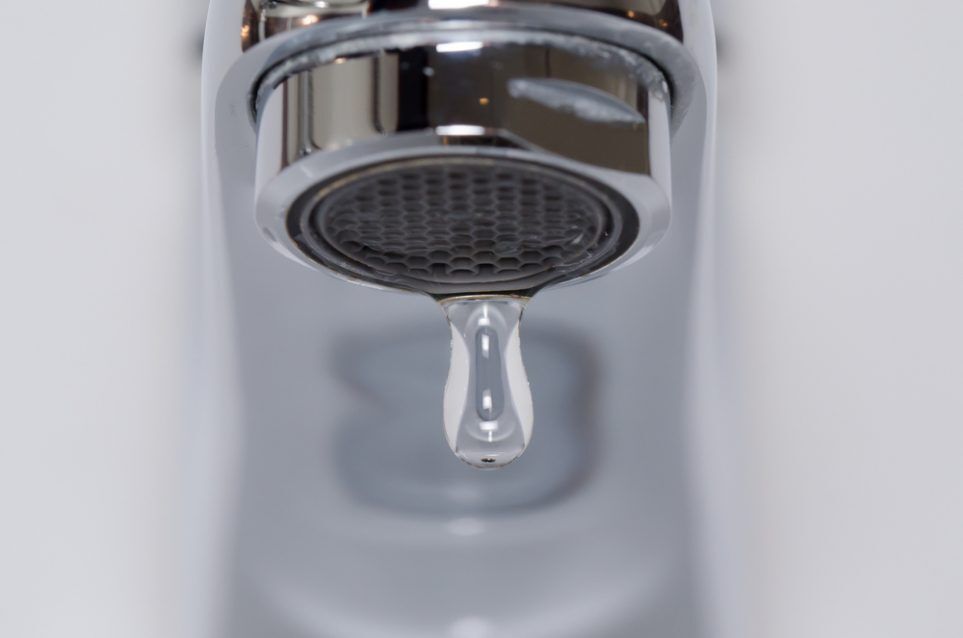Exploring the Importance of Correcting a Broken Faucet
Exploring the Importance of Correcting a Broken Faucet
Blog Article
We have noticed this great article about Leaky Faucets: Why They Happen & What to Do About Them directly below on the internet and believe it made perfect sense to relate it with you over here.

Leaking faucets may look like a minor hassle, however their effect goes beyond just the inconvenience of the sound. From wasting water to sustaining unneeded monetary expenses and wellness threats, disregarding a trickling tap can result in numerous consequences. In this post, we'll explore why it's important to address this usual household problem promptly and successfully.
Wastefulness of Water
Environmental Influence
Trickling taps contribute considerably to water waste. According to the Epa (EPA), a solitary tap dripping at one drip per second can lose more than 3,000 gallons of water per year. This not only pressures water resources but also affects environments and wild animals based on them.
Step-by-Step Overview to Dealing With a Dripping Faucet
Devices Called for
Prior to attempting to repair a dripping faucet, collect the essential devices, including a flexible wrench, screwdrivers, substitute parts (such as washers or cartridges), and plumber's tape.
Common Faucet Issues and Their Solutions
Recognize the sort of faucet and the specific concern triggering the drip. Common issues include damaged washing machines, rusty valve seats, or damaged O-rings. Refer to manufacturer guidelines or online tutorials for step-by-step guidance on repair work.
Financial Prices
Raised Water Expenses
Beyond the environmental influence, leaking taps can blow up water bills considerably. The collected waste over time equates into greater energy expenses, which can have been prevented with timely repair services.
Potential Residential Property Damage
Furthermore, extended trickling can cause harm to fixtures and surfaces bordering the tap. Water build-up can trigger discoloration, deterioration, and also architectural concerns if left neglected, resulting in extra repair service prices.
Health Concerns
Mold and Mildew Development
The continuous visibility of wetness from a leaking faucet develops a perfect setting for mold and mold development. These fungi not only endanger indoor air top quality but likewise posture health dangers, especially for people with respiratory conditions or allergic reactions.
Waterborne Diseases
Stagnant water in leaking taps can come to be a breeding place for bacteria and various other microorganisms, boosting the threat of waterborne conditions. Impurities such as Legionella microorganisms prosper in stagnant water, potentially causing significant ailments when consumed or inhaled.
Do it yourself vs. Specialist Repair
Advantages and disadvantages of DIY Repair
While some may attempt to fix a dripping tap themselves, do it yourself fixings include their very own set of challenges. Without correct expertise and tools, DIY attempts can aggravate the concern or bring about incomplete repairs, extending the problem.
Advantages of Hiring a Specialist Plumber
Working with an expert plumber ensures that the underlying root cause of the dripping tap is attended to efficiently. Plumbers have the knowledge and tools to diagnose and fix tap issues effectively, conserving time and decreasing the threat of further damages.
Ecological Duty
Individual Contribution to Preservation
Taking responsibility for dealing with dripping faucets lines up with more comprehensive efforts toward water conservation and environmental sustainability. Every person's actions jointly make a significant impact on protecting valuable sources.
Lasting Living Practices
By prioritizing punctual repair work and taking on water-saving practices, people add to sustainable living techniques that benefit both existing and future generations.
Preventive Measures
Normal Maintenance Tips
To stop trickling taps, do regular upkeep such as cleaning up aerators, checking for leaks, and changing damaged components quickly. Additionally, consider mounting water-saving gadgets or updating to a lot more efficient components.
Value of Prompt Repair Works
Addressing leaking taps as soon as they're observed avoids more water wastage and possible damage, eventually conserving both water and money in the future.
Impact on Property Value
Assumption of Well-Maintained Residential Or Commercial Property
Keeping a residential property in good condition, including dealing with upkeep problems like trickling faucets, enhances its regarded worth and value amongst potential buyers or occupants.
Impact on Resale Worth
Residences with well-kept plumbing components, including faucets, command greater resale worths in the property market. Addressing leaking taps can add to a favorable impact throughout residential property assessments and arrangements.
Conclusion
Addressing a trickling tap surpasses mere benefit; it's an important step toward preserving water, minimizing financial prices, and protecting wellness and building. Whether via do it yourself repair services or expert assistance, doing something about it to fix dripping taps is a small yet impactful way to promote responsible stewardship of resources and contribute to a much healthier, extra sustainable future.
How to Fix a Leaky Faucet: Step-by-Step Repair Guide
A leaky faucet may seem like a simple annoyance, but if it's not fixed promptly, that leak could cost hundreds to potentially thousands. From water damage to mold, mildew, and high water bills, even a tiny leak can be catastrophic if left unattended. Damage like this can even affect the overall value of your home, so it's important to take the right approach for leaky faucet repair. You may need the help of a plumber in some cases, but we've got a few tips you can try on how to fix a leaky faucet before calling the pros.
Four Faucet Types
When you're learning how to fix a leaky faucet, the first step is knowing what kind of faucet you're working with! There are four common types.
Cartridge Faucets
Cartridge faucets come in one- or two-handled varieties. In one-handled cartridge faucets, hot and cold water combines in a single cartridge. In the two-handled versions, hot and cold water are controlled separately and mixed in the faucet.
Ball Faucets
Ball faucets have a single lever you push up and down to adjust the pressure and rotate to change the temperature. A slotted metal ball controls the amount of water allowed into the spout.
Compression Washer Faucets
They're the oldest type of faucet, but they're still used in many homes — especially older ones. Compression faucets have two separate handles that, when turned, raise or lower the washer that seals a water valve. This valve stops water from flowing through the faucet when it is turned off.
Disc Faucets
Disc faucets rarely need to be repaired due to their maintenance-free design. The water flow is controlled by two discs — the upper one raises and lowers against a fixed lower disc, creating a watertight seal. If your disc faucet starts leaking, you may need to replace the seals or clean residue buildup from the inlets.
Fixing a Leaky Faucet
Step 1: Turn Off the Water
Whether you're learning how to fix a leaky bathtub faucet or how to fix a leaky kitchen faucet, always turn off the water supply to your working area when you're fixing a leak. The last thing you want is a flood added to your list of things to fix.
Look for the shutoff valves below your sink or around the tub and turn them clockwise to stop the water flow. If your faucet doesn't have shutoff valves, you may need to turn off the water for the whole house. Check to make sure it's off by turning the faucet on. If nothing comes out, you're ready to start the repair.
Step 2: Take Apart the Faucet
How you disassemble your faucet depends on the type of fixture you have. You can use a flathead screwdriver to remove the caps on top of the handle or handles for cartridge and compression faucets. Inside, you should see handle screws. Unscrew these with a screwdriver to remove the handle.
Disc- and ball-style faucets will typically have an inlet screw near the handle, and removing that will reveal the interior of the faucet.
Detach the Valve Stem
For cartridge- and compression-style faucets, you'll see the inner valve stem or cartridge once you remove the faucet handles. If you have a compression faucet, unscrew the brass valve stem. If you have a cartridge faucet, pull out the cartridge. If your cartridge has been in place for a while, it may require some tools or extra force to remove it due to mineral deposits.
Examine and Replace Parts
Once you've removed the parts, check them out to confirm what needs to be replaced. You may see corroded rubber washers, O-rings, stems, or cartridges. On a ball-style faucet, check the seats and springs for damage.
If you need to repair a leaky disc faucet, check the inlet and seals on the lower disc.
Once you determine what parts must be replaced, visit your local hardware store. Bring the damaged parts with you to ensure you can purchase the correct components to replace them.
Clean Valves and Faucet Cavity
If you've removed a stem or cartridge, you may notice mineral buildup in the faucet's threads. Use white vinegar to clean the valve seat by soaking it for a few minutes, then scrub it away with a soft toothbrush and rinse with warm water. You can also clean the interior of the faucet in the same way.
Reassemble the Faucet
Once your faucet is cleaned and the required parts have been replaced, it's time to reassemble it. Put the pieces back together and slowly turn the water supply back on. Doing this slowly is crucial because too much initial water pressure can damage the new hardware you've just installed.
https://homewarranty.firstam.com/blog/how-to-fix-leaky-faucet

As a passionate person who reads on Should I Repair or Replace a Leaky Faucet?, I think sharing that excerpt was a good thing. Sharing is caring. Who knows, you may just be helping someone out. Thank you for taking the time to read it.
Report this page